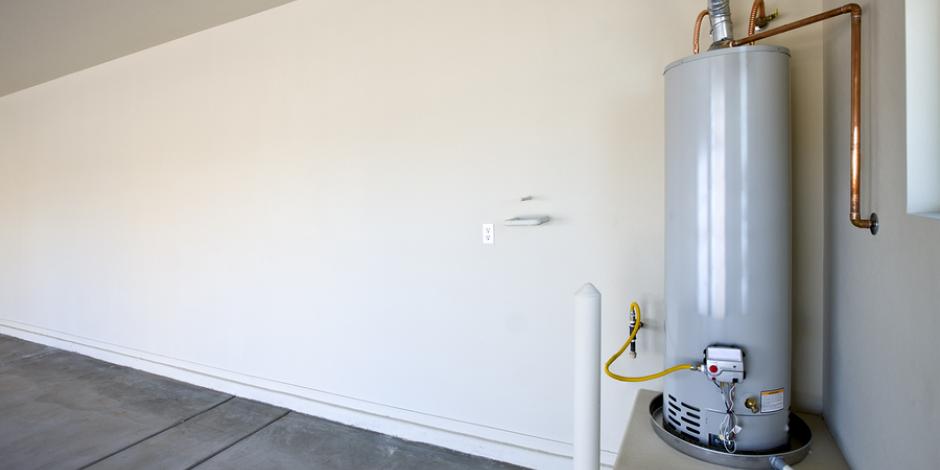Listed here on the next paragraphs you can find more high-quality news pertaining to Tips For Maintaining Your Hot Water Heater.

Warm water is essential for day-to-day comfort, whether it's for a revitalizing shower or washing meals. To guarantee your hot water system runs effectively and lasts longer, normal maintenance is vital. This short article supplies useful ideas and understandings on how to keep your home's hot water system to stay clear of disruptions and expensive repairs.
Introduction
Preserving your home's warm water system could seem overwhelming, however with a couple of easy actions, you can ensure it runs efficiently for many years ahead. This guide covers whatever from understanding your hot water system to do it yourself upkeep suggestions and recognizing when to contact professional aid.
Importance of Preserving Your Warm Water System
Regular upkeep not just extends the lifespan of your warm water system yet also guarantees it runs efficiently. Ignoring upkeep can result in lowered performance, higher energy costs, and also premature failure of the system.
Indicators Your Warm Water System Needs Maintenance
Recognizing when your warm water system needs interest can stop significant issues. Look out for indications such as inconsistent water temperature, odd sounds from the heating system, or corroded water.
Understanding Your Hot Water System
Before diving into maintenance jobs, it's handy to understand the basic elements of your hot water system. Generally, this includes the hot water heater itself, pipelines, anode rods, and temperature controls.
Monthly Maintenance Tasks
Routine regular monthly checks can aid capture small concerns prior to they intensify.
Purging the Water Heater
Flushing your water heater eliminates sediment buildup, enhancing performance and prolonging its life.
Checking and Replacing Anode Rods
Anode rods avoid rust inside the storage tank. Checking and replacing them when worn is essential.
Inspecting and Readjusting Temperature Settings
Readjusting the temperature level settings ensures ideal efficiency and safety and security.
Do It Yourself Tips for Maintenance
You can perform numerous maintenance tasks on your own to maintain your hot water system in top problem.
Checking for Leaks
Consistently check pipes and links for leaks, as these can lead to water damages and higher costs.
Evaluating Pressure Alleviation Valves
Evaluating the pressure safety valve ensures it functions correctly and protects against extreme pressure build-up.
Protecting Pipelines
Insulating warm water pipes lowers warm loss and can save power.
When to Call a Professional
While do it yourself maintenance is beneficial, some issues call for professional knowledge.
Facility Issues Needing Specialist Help
Examples include significant leakages, electrical troubles, or if your water heater is continually underperforming.
Routine Professional Upkeep Benefits
Expert upkeep can include detailed examinations, tune-ups, and guaranteeing compliance with security standards.
Final thought
Normal maintenance of your home's warm water system is necessary for efficiency, durability, and price savings. By complying with these pointers and understanding when to look for professional assistance, you can make certain a trusted supply of hot water without unforeseen disturbances.
Water Heater Maintenance Tips
Test the TPR Valve
Shut off the power and the cold-water supply valve. Place a bucket under the pipe connected to the temperature-pressure-release (TPR) valve on the top or side of the tank. (This valve opens if the tank pressure gets too high.) Lift the valve’s tab to let some water out, then let go. If water keeps flowing, drain the tank partway, unscrew the old valve with a pipe wrench, and install a new one. Check the Anode Rod
Put a hose to the tank’s drain cock and let out a few gallons of water. Now fit a 1 1/16-inch socket onto the rod’s hex head on top of the heater (or under its top plate) and unscrew the rod. If it’s less than ½ inch thick or coated with calcium, buy a new one, wrap its threads with Teflon tape, put it back in the tank, and tighten securely. Use this segmented rod if headroom above the tank is limited. Drain the Tank and Wash Out Sediment
Drain the remaining water in the tank into the bucket, then stir up the sediment on the tank’s bottom by briefly opening the cold-water supply valve. Drain and repeat until clean water comes out of the hose. Close the drain cock, refill the tank, and turn its power back on. Adjust the Temperature
Find the temperature dial on the side of the tank and unscrew its cover. Adjust the dial to 120 degrees using a flathead screwdriver. For every 10 degrees the temperature is lowered, you can expect to save up to 5 percent in energy costs. Turn the water heater off or the thermostat down to its lowest setting if you plan to be away from home for more than three days. Insulate the Pipes
Buy some self-sticking 3/8-inch-thick foam pipe insulation that matches the pipes’ diameter. Slide the foam over the hot-and cold-water pipes as far as you can reach. Insulating the cold-water pipe prevents condensation in summer. Peel the tape and squeeze the insulation closed. If the pipe is 6 inches or less from the flue, cover it with 1-inch-thick unfaced fiberglass pipe wrap. https://www.thisoldhouse.com/plumbing/21016402/how-to-maintain-a-water-heater

We had been shown that editorial on Water Heater Maintenance Tips You Can't Afford to Forget through someone on another web property. If you liked our blog entry kindly consider to share it. We love reading our article about How to Maintain a Hot Water Heater in a Few Simple Steps.
Details Here